The Namma Metro Phase-3 Project, recently approved by the Union Cabinet, is poised to bring transformative changes to Bengaluru's infrastructure and real estate markets. With an estimated cost of Rs 15,611 crore, this ambitious project will add two significant corridors to the city's metro network. The addition of the Orange Line and other extensions is expected to reshape the real estate dynamics in South Bengaluru, potentially leading to a substantial increase in property values and a shift in investment patterns.
Project Overview and Significance
Namma Metro Phase-3 is set to expand Bengaluru's metro network by 44.65 km, introducing 31 new stations across two primary corridors. The first corridor will extend from JP Nagar 4th Phase to Kempapura, covering 32.15 km and including 21 stations. The second corridor will span 12.5 km, connecting Hosahalli to Kadabagere with nine stations. The completion of these corridors is anticipated by 2029, marking a significant milestone in the city's public transportation infrastructure.
This expansion is expected to improve connectivity between South Bengaluru and key business hubs, tech parks, and commercial areas located along Mysore Road and Hebbal. By enhancing access to these vital areas, the metro project is likely to drive growth in residential and commercial real estate within the affected regions.
Projected Impact on Property Values
The introduction of the Orange Line and other metro extensions is anticipated to have a pronounced impact on property values in South Bengaluru. Local brokers estimate that property prices in the area could rise by 10-20 percent due to the enhanced connectivity. This increase is attributed to the improved access to major commercial and employment centers, making South Bengaluru a more attractive location for both residential and investment purposes.
In recent years, South Bengaluru has been relatively affordable compared to other parts of the city. Areas such as Kanakapura Road, Electronic City, Bannerghatta Road, JP Nagar, and BTM Layout have seen a 10-15 percent rise in property prices since December 2023. Despite this upward trend, some areas like Kanakapura Road remain comparatively affordable, presenting opportunities for potential investors.
Recent Trends and Market Data
Data from Cushman & Wakefield indicates that South Bengaluru has accounted for approximately 10-13 percent of total unit launches and less than 10 percent of total sales from 2022 to mid-2024. This data highlights a relatively modest level of residential activity in the region. However, the upcoming metro project is expected to invigorate the market, driving higher demand and increased investment.
Over the past year, property values in South Bengaluru have risen by around 10 percent. With the completion of the metro corridors, experts predict that this increase could accelerate to 30-40 percent. For example, property prices in JP Nagar have surged from Rs 7,000 per sq ft to Rs 13,000 per sq ft, reflecting a significant appreciation in value. Similar trends are evident in Electronic City and Kanakapura Road, underscoring the growing attractiveness of these areas.
Long-Term Implications and Market Dynamics
While the immediate impact of the Namma Metro Phase-3 Project on property values is expected to be positive, there are potential long-term implications that should be considered. As property prices rise, affordability could become an issue for some residents and prospective buyers. This shift may influence the market's demographic and economic profile, as higher property values could limit access for lower-income groups.
In addition to its impact on property prices, the metro project is likely to affect rental markets. However, rental prices may not experience significant changes until the new transportation infrastructure is fully integrated and commercial corridors are developed. The completion of the metro lines will enhance connectivity, but the effect on rental markets will depend on the overall development of the surrounding areas and the establishment of additional amenities and commercial facilities.
Economic and Investment Opportunities
The Namma Metro Phase-3 Project presents numerous economic and investment opportunities. Enhanced connectivity will attract more businesses, tech companies, and commercial ventures to South Bengaluru, further driving demand for both residential and commercial properties. Investors and developers may find new opportunities in areas previously considered less attractive, as the metro project transforms the region's accessibility and economic potential.
Moreover, the metro expansion is likely to spur infrastructure development and urban renewal projects in South Bengaluru. This could lead to improvements in public amenities, roads, and other infrastructure, further boosting the region's attractiveness to investors and residents alike.
Conclusion
The Namma Metro Phase-3 Project represents a significant advancement in Bengaluru's infrastructure, with far-reaching implications for the real estate market in South Bengaluru. As the metro lines come into operation, they are expected to drive substantial increases in property values and stimulate economic growth in the region. While there are challenges related to affordability and market dynamics, the overall impact of the metro expansion is likely to be transformative, offering new opportunities for investors and enhancing the quality of life for residents. As South Bengaluru evolves with this major infrastructure development, it will be crucial for stakeholders to navigate these changes and capitalize on the emerging opportunities in the real estate market.

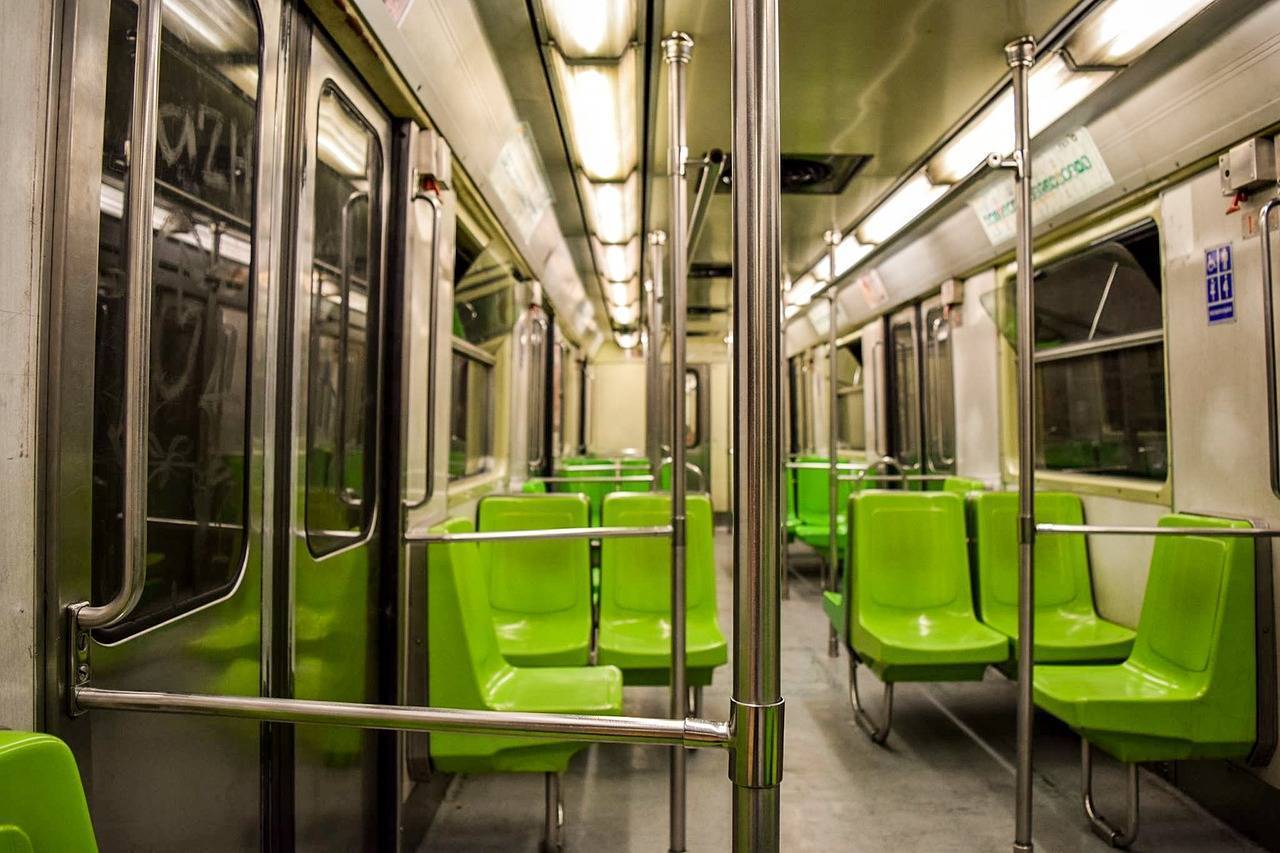

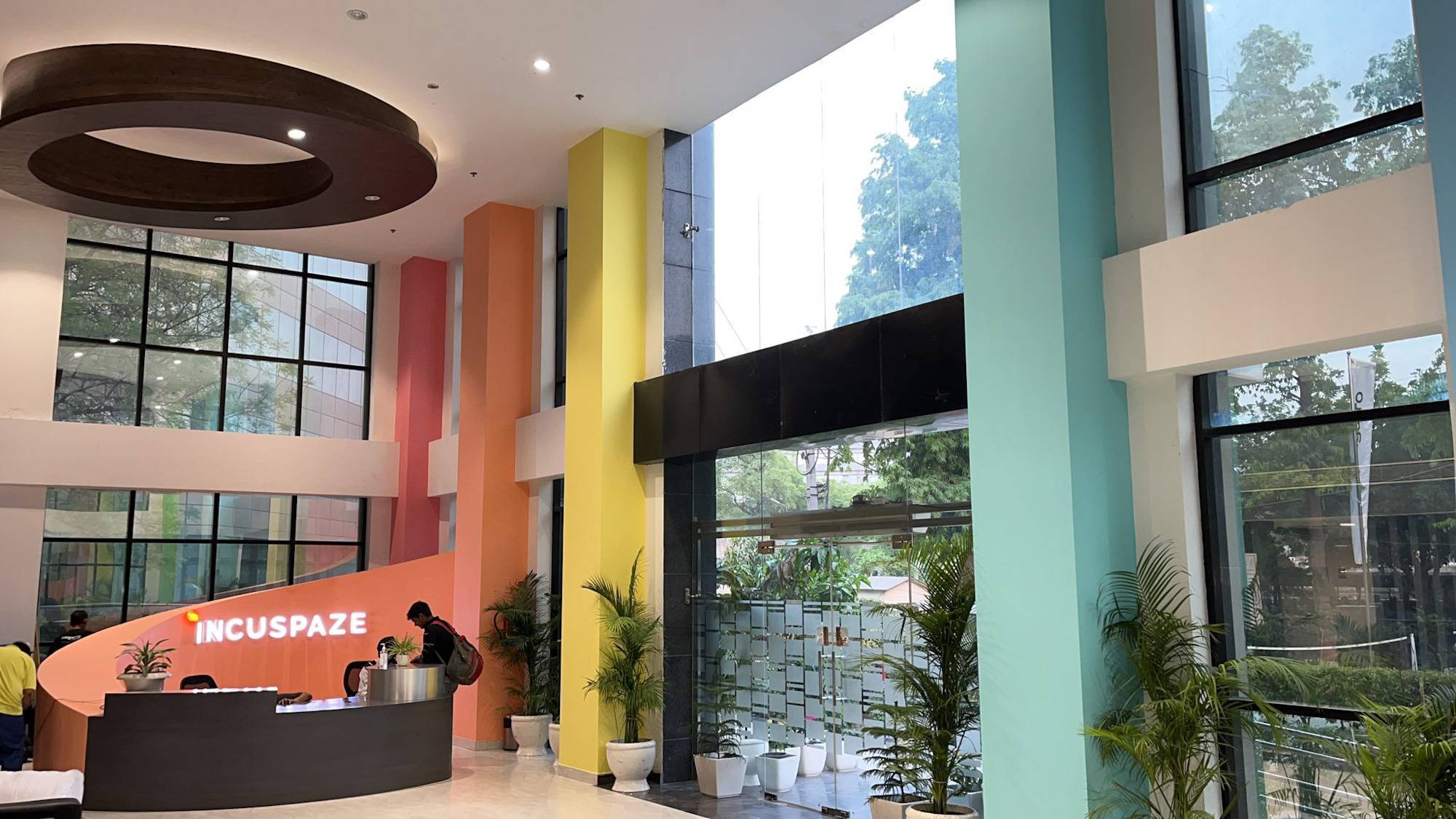
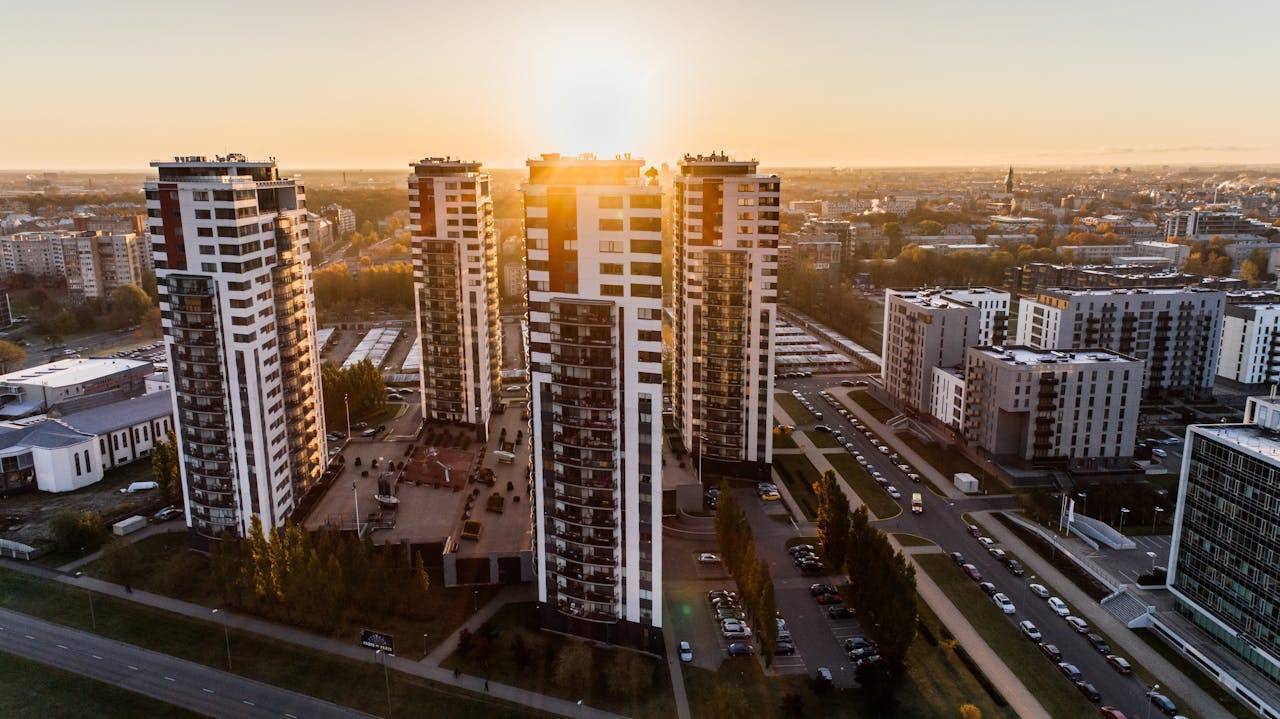

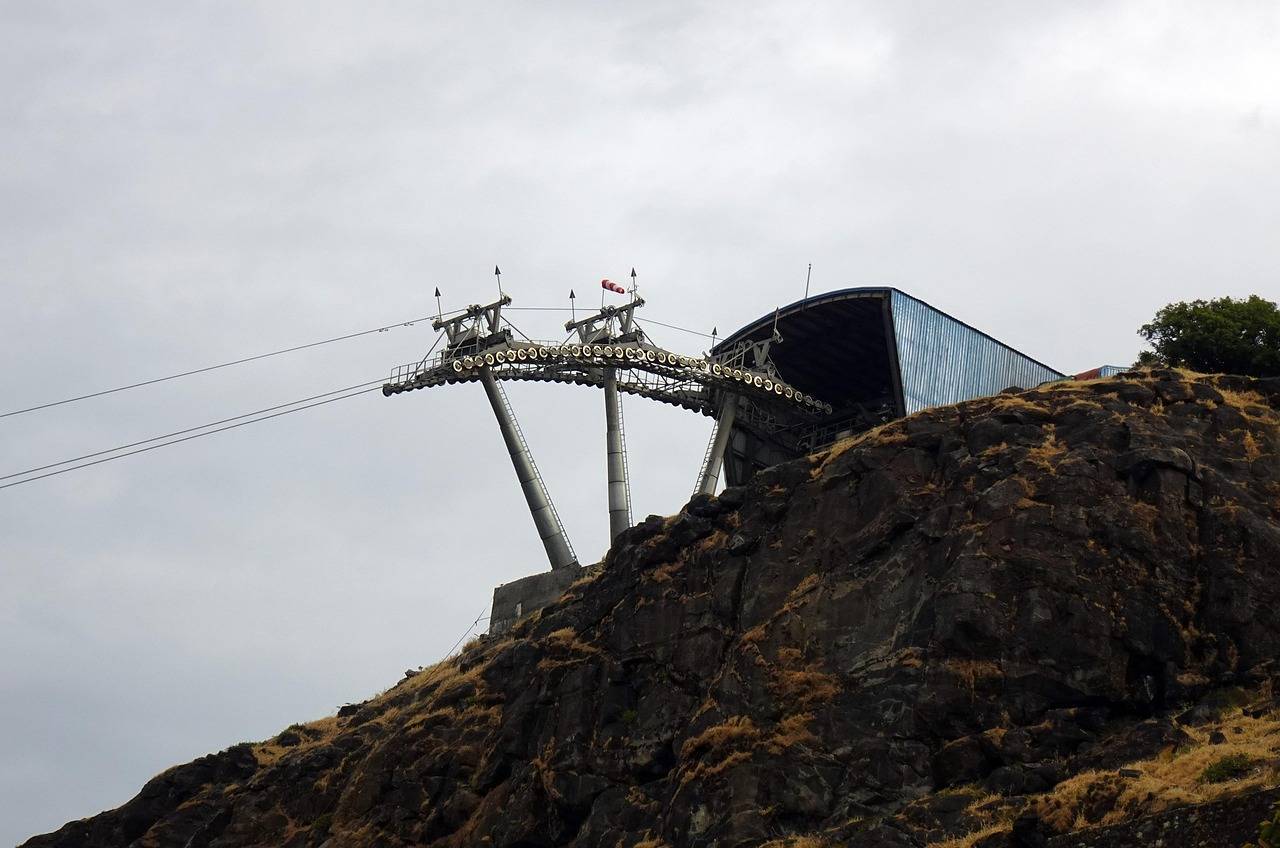
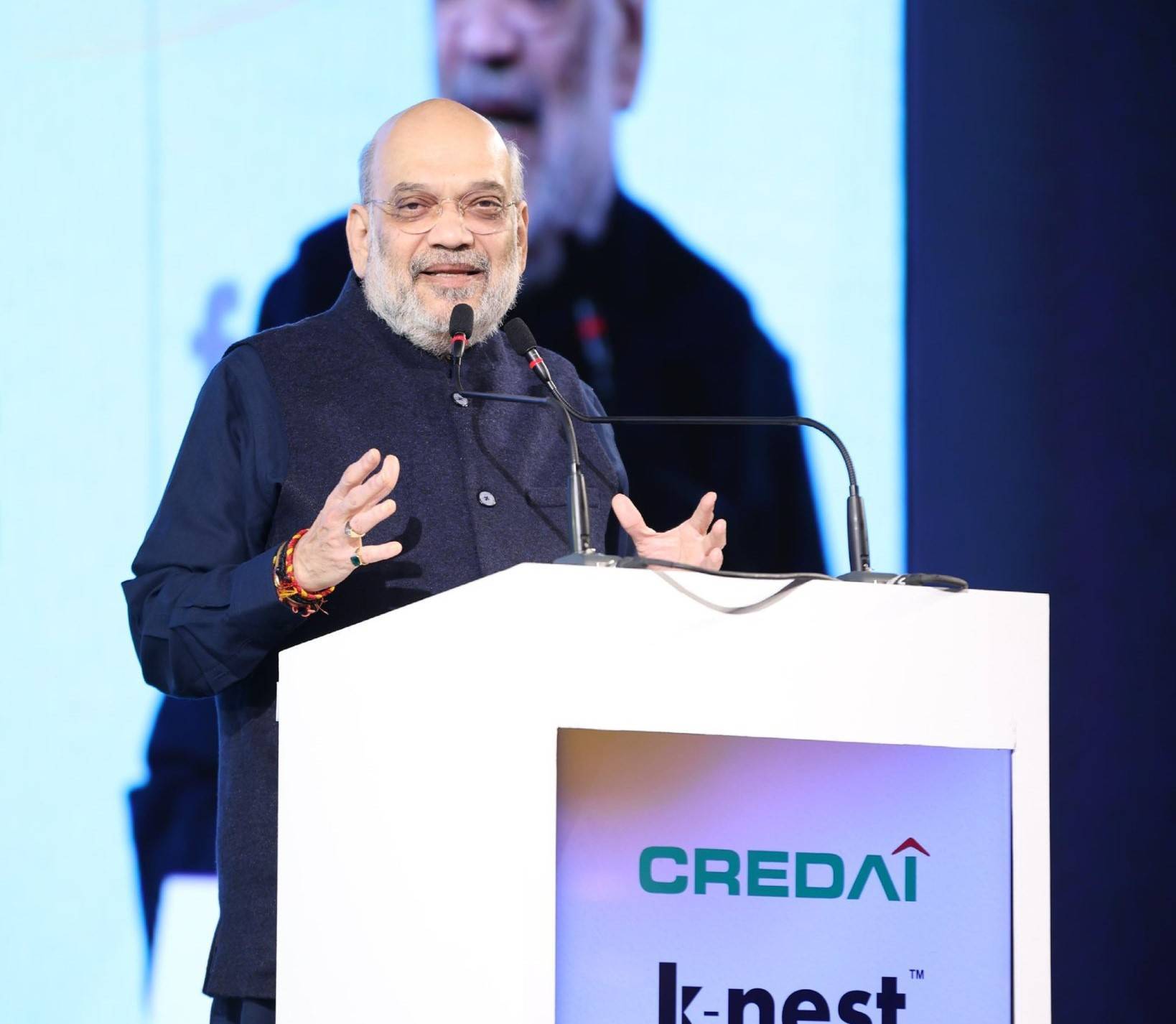

.png)